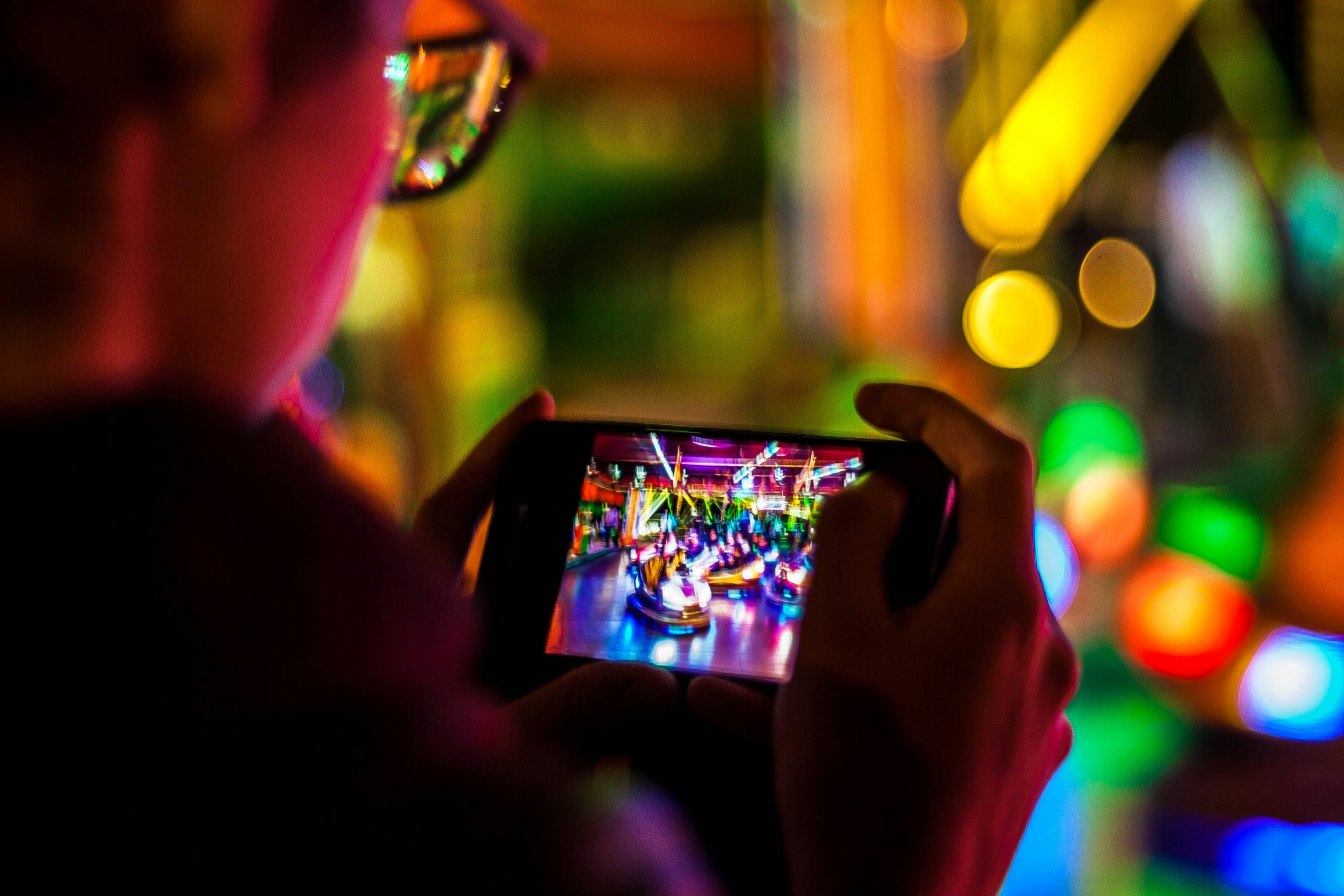
Jorge Prado
Author
3 min read
Social media advertising is a must — that would be a standard answer by a vast majority of marketers. Indeed, social media is very important and it can undeniably boost your brand awareness or sales, but it is extremely crowded and saturated as well.
It has never been harder to get your customers’ attention on social media than it is today. The reason — everyone is there. There’s too much noise and your marketing message is hard to spread across.
Did you know that there are around 6000 Tweets sent out every second? Did you know there also are around 350 million photos uploaded on Facebook every day? It is extremely noisy out there, don’t you agree? That’s why brands should start looking at alternatives that deliver better results and make engagement with the consumers easier.
Too bad that many brands try to juggle multiple social media accounts, investing lots of time in content production, however, in the end, the results don’t bring desired results. Moreover, it’s almost impossible to personalize the content on social media and it is evident that consumers are becoming immune to the brands advertising on social networks.
On average, an American is exposed to over 5000 ads every day. That’s an insane number, isn’t it? No wonder, consumers are becoming immune to ads on social media and through Google Display Network (GDN) and frequently don’t even notice them.
Let me share with you an undiscovered goldmine for advertising in today’s marketing world.
Advertising in mobile games — a powerful approach to connect with your audience
Did you know that there are roughly 2.4B people who play mobile games? It’s almost ⅓ of the total world population. Did you also know that these people spent 5 hours and 36 minutes per week on average playing mobile games? Do you see the potential that this advertising channel has?
In fact, advertising in mobile games has never been more powerful than it is today. The reason being that anyone who your brand would like to target on Facebook, is actually playing a game. The gamers, today, are sophisticated shoppers who’d make their purchasing decisions on social media or Google search.

Photo by Alejandro Duarte
Long gone are the days when a stereotypical gamer was a nerd male student playing from his parents’ basement. Quite opposite, the industry data reveals that people of any age, gender, household income or demographic would, nowadays, play mobile games.
Bring your personalization to the next level
We are already witnessing a high-level data-driven personalization, in general. Mobile games are already highly personalized. Many games allow players to choose how their characters will look, who they are and what special features they would have.
However, this doesn’t (and shouldn’t) stop here. Accenture found that 91% of consumers are more likely to select brands that recognize, remember and provide relevant offers and recommendations to users. That’s where the gaming industry can be very powerful and come in handy.
Gamers are naturally very engaged in their gaming experience. Brands can capitalize on it, as the viewability of naturally-placed ads will be extremely high. It has been reported that in-game ads have 23% higher viewability compared to traditional display ads. Brands can use this to their advantage in multiple ways.
Since in-game ads can be personalized on many different levels, brands can connect to gamers via non-invasive and extremely relevant ads. These can match players’ demographics, interests and even geolocation. For example, if a gamer has leveled up or achieved a certain goal or a milestone in the game, positive awarding can boost the player’s confidence. It’s a great time to expose him or her to a relevant ad and let them enjoy a relevant reward. Imagine, if a player is nearby McDonalds, for example, they can win an in-game voucher for a free cheeseburger.
Imagine a situation where you’re playing a car racing game. Once you level up, as a reward, you will get discount vouchers on your next oil change in real life. Or if you play a golf game, you can receive a special deal to purchase a new golf club. Specific brands can tie their promotions to specific niche games and attract audiences to consume their offers.
However, even brands that sell general items can benefit a lot. For example, a pharmacy could target the players with an eye-drops ad. They could target players with an educational message reminding them to take care of their eyes while playing with eye-care products.
These are just some of the unlimited number of options that are available for brands to engage with their consumers through games. Having brands engaging with consumers in such unexpected ways would wow them and they would be extremely tempted to consume all that’s offered to them.
...
Takeaway
Nothing else needs to be said here. Social media has been getting more and more crowded every day. Engagement with consumers on social networks has never been harder, and advertising has never cost more. Meanwhile, consumers have become immune to social media ads, which results in a lot of wasted marketing dollars.
That’s why brands are now in desperate need to find an alternative channel to engage with their consumers. A platform that would be genuine and would provide relevance to users. A place where users would be attentive and interested in ads displayed. A spot where ads display could be natural and non-invasive.
That platform is mobile games. With an astonishing number of people playing mobile games on a daily basis, it is a no-brainer to start advertising there. It has been proven that these players are already much more responsive to in-game ads.
The technological capabilities also allow brands to develop ultra-personalized campaigns that would drive engagement and sales. It is clear that the possibilities for personalized in-game content are extremely vast. The potential for such advertising is huge, as well. The unanswered question is — are brands ready?









